Article
Preclinical and early clinical experience encouraging for novel ocular sealant
A polyethylene glycol-based ocular sealant is being developed as a synthetic bandage for clear corneal incisions to prevent wound gape, hypotony, and intraocular contamination. Preclinical and early clinical study results support its efficacy and safety.

Key Points
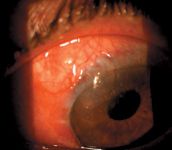
The PEG-based sealant is being developed as a synthetic ocular bandage that will persist long enough to allow incision healing and thereby provide a barrier against intraocular microbial entry. The product is colorless and transparent so as not to impair vision. Additionally, it is non-toxic, and its use has not been associated with pain, inflammation, or induction of astigmatism.
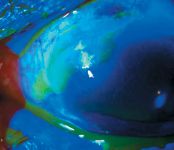
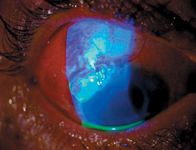
The PEG-based sealant is applied as a liquid and forms a soft hydrogel on the eye within 25 seconds. The branched spider shape of the polymer promotes adhesiveness and increases mechanical intercalation that promotes stickiness to close the clear corneal cataract incisions safely.
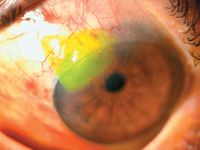
Initial evaluations performed in rabbit eyes demonstrated that the PEG-based sealant was non-cytotoxic, non-sensitizing, non-irritating, non-toxic to intraocular tissues, and not associated with acute systemic toxicity.
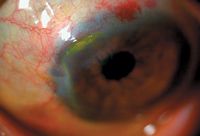
Newsletter
Don’t miss out—get Ophthalmology Times updates on the latest clinical advancements and expert interviews, straight to your inbox.




